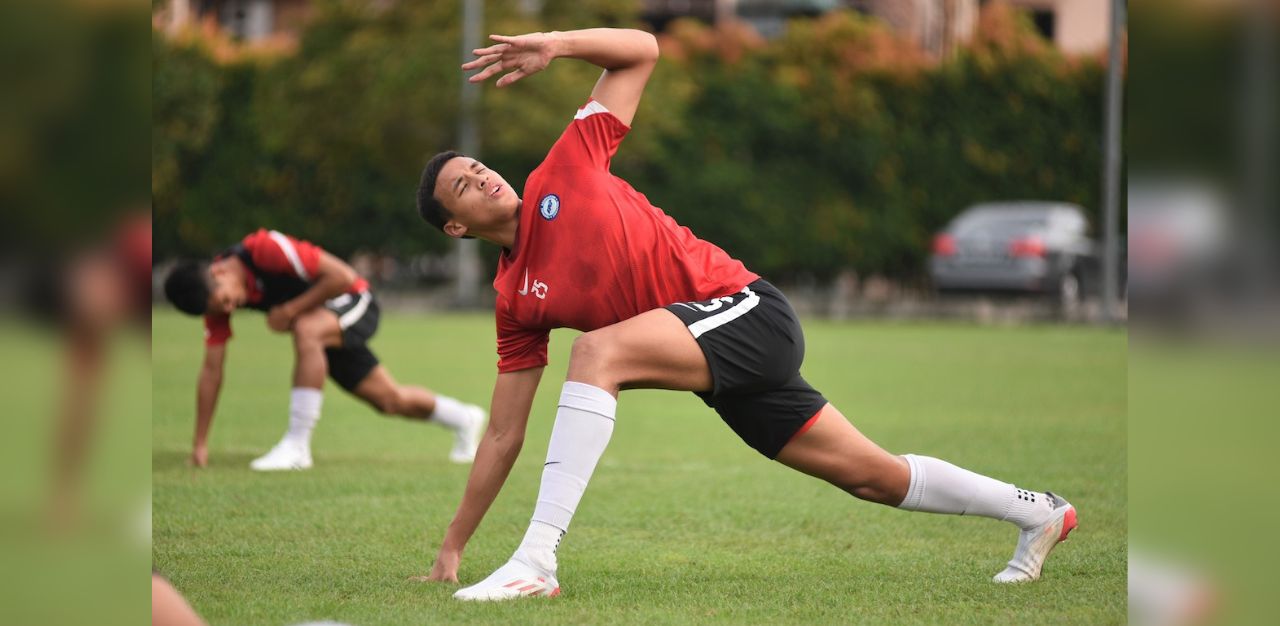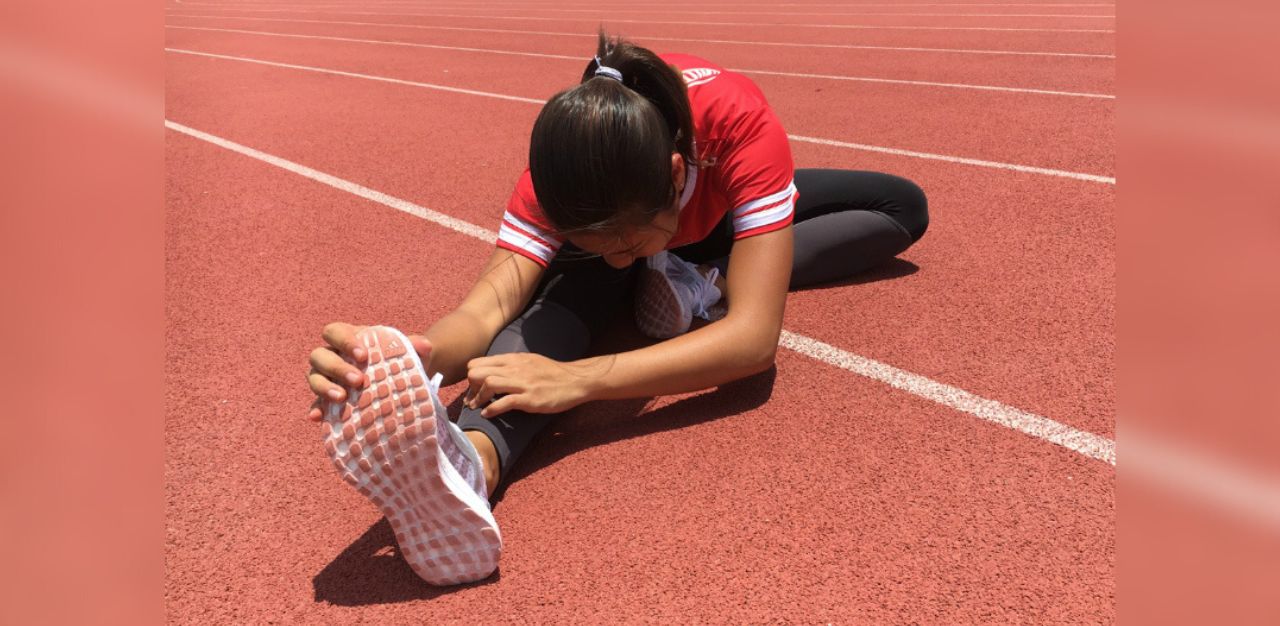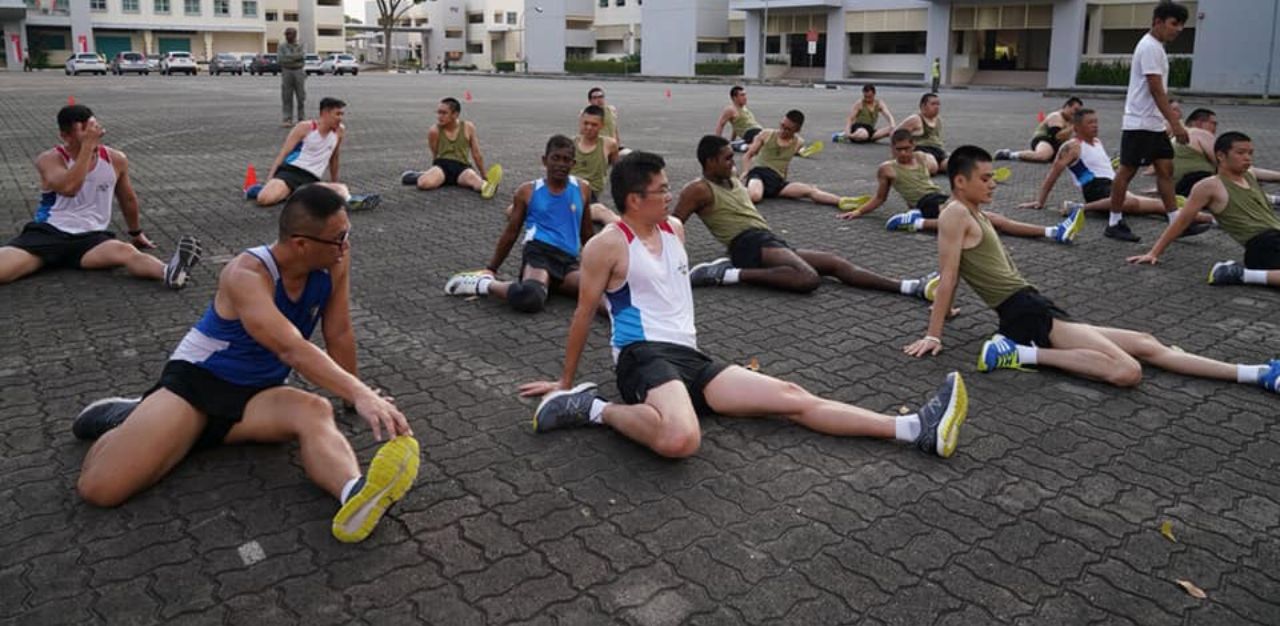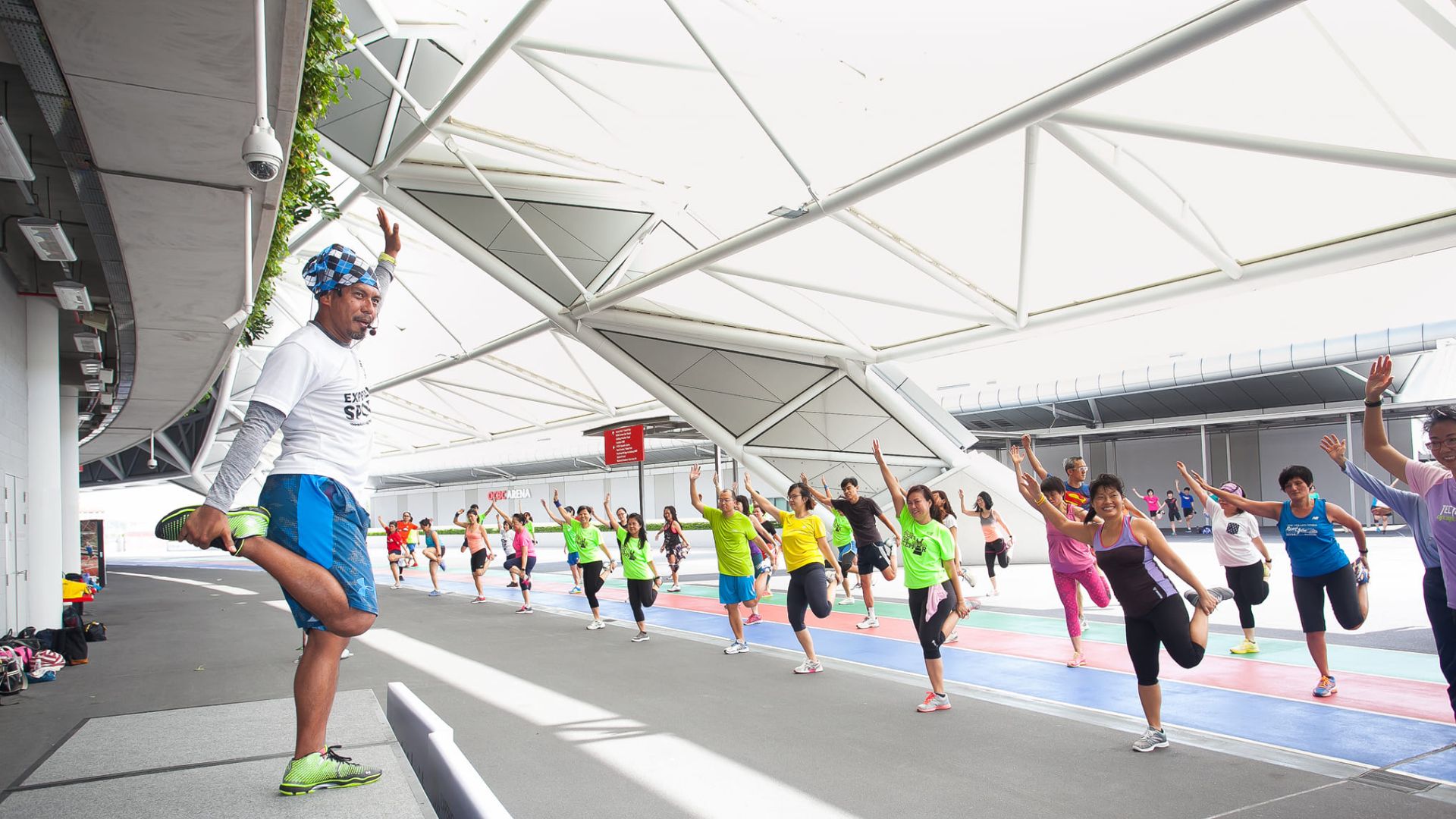As you probably already know, stretching before and after exercise prevents injuries, increases performance and increases flexibility. As such, many people incorporate different types of stretches during their exercise routines.
But what really happens to your body when you stretch?
Common types of stretching techniques
If you are asked to stretch for a warm up, chances are you would perform a standing quadricep or calf stretch. These are common forms of stretches called static stretches that require you to hold a position for a period of time, allowing specific muscles to reduce their “tightness” or even help to “lengthen” them.
Standing with your feet hip width apart and reaching towards your toes, you are likely to be able to reach closer to the floor if you hold the position for 30 seconds. Is that because stretching makes your muscles longer? Well, not entirely.
While it has been seen that when muscles are stretched, they extend due to the reduced resistance to stretch, allowing you to have a further range of motion (ROM). However, once you have recovered from the stretching position, your muscles will also return to their original length, just like a rubber band.
Then why do you feel more flexible if you stretch consistently? Studies have found that the increased ROM comes from an increase in stretch tolerance, which is a neurological reaction to discomfort or pain, where you can only stretch as far as you are willing to without experiencing too much pain. Thus with proper stretch training, you will be able to maintain the stretch with less discomfort and even have increased ROM.

Another common type of stretch is dynamic stretching. These stretches move your joints through their active ROM in a controlled manner. For example, your shoulder is a ball and socket joint thus it has more degrees of movement compared to your elbow, which can only bend and extend. Therefore, performing arm circles will allow your shoulder to rotate along its different planes of movement.
Effects of stretching before and after exercise
Many studies have now debunked the theory that stretching improves performance, specifically static stretching. Long periods of static stretching during warm up have been found to cause deficits to muscle performance in terms of maximal force output and power. This can be seen in activities such as countermovement jumps, 1RM bench presses and sprint times.
In endurance activities such as long-distance running, cycling and repetitive submaximal bench presses, studies are inconclusive as to whether static stretching impairs or has no effect on performance. However, no study has shown enhanced performance from static stretching before exercise.
On the other hand, dynamic stretching has been shown to enhance performance in terms of strength, power, speed and agility. When done in combination with a general warm up, dynamic stretching enables the muscles and joints to become adequately mobile for the activity. By slowly preparing your joints and muscles to move through their full ROM, your body will be able to adapt to the increased demands of ROM and contractions.
Studies have found that combining dynamic and static during a warm up routine will result in impaired performance and should therefore be avoided.

After exercise, our muscles may become sore based on the intensity of the activity. In most cases of untrained individuals, they may experience Delayed Onset Muscle Soreness (DOMS) hours after training. This will result in muscle aches and soreness which may last up to a week. In such cases, many people recommend static stretches to help ease the aches and promote faster recovery. However, research has found that stretching has no difference compared to passive stretching, where the individual rests and does nothing post-exercise to promote recovery.
When and why to do each type of stretch
Since static stretching has been shown to have no enhancements to performance and recovery, why should you still do it? Researchers have found that leg stretches can improve blood circulation around the body. It is theorised that during stretching, your muscles will apply pressure on your arteries. The body then releases chemicals to expand the arteries, allowing more blood to enter. This not only helps your muscles to “warm up” but can also help to reduce blood pressure.
With the majority of the population exercising or engaging in sports for its health benefits, the impairments to performance may be negligible due to the non-competitive nature. Therefore, light static stretching can still be done in short durations during or before your warm up. Do note that these stretches should not be to your maximum ROM, and should only be performed to help any tense muscles relax, holding each stretch for 10 to 20 seconds.

Dynamic stretches should also be incorporated with your warm up to prepare your muscles and joints for the movements and ROM required. This will help your body get used to the specific movements during exercise and reduce the risk of injury.
Post exercise, despite not promoting recovery time, static stretching does not inhibit recovery and doing so has been shown to ease the sensation of muscle stiffness during recovery. Thus, stretching during recovery from muscle soreness may help you to feel more comfortable. For this, you may hold each stretch for 30 to 60 seconds.
Finally, if you are looking to increase your flexibility and ROM, you will need to stretch at least twice a week, holding each stretch for at least 30 to 60 seconds, to progressively increase your stretch tolerance.
(About the author: Dixon Chia is a Sports Science & Management final year student at the National Institute of Education – Nanyang Technological University and currently an intern with E3Sports)
RELATED: CrossFit: It’s okay to be a woman with muscles
Join the conversations on TheHomeGround Asia’s Facebook and Instagram, and get the latest updates via Telegram.




























